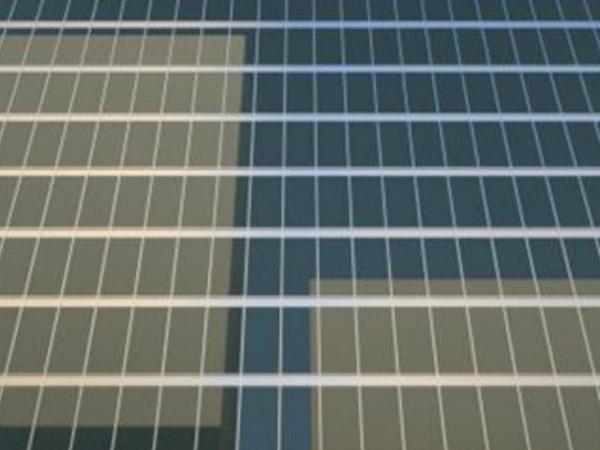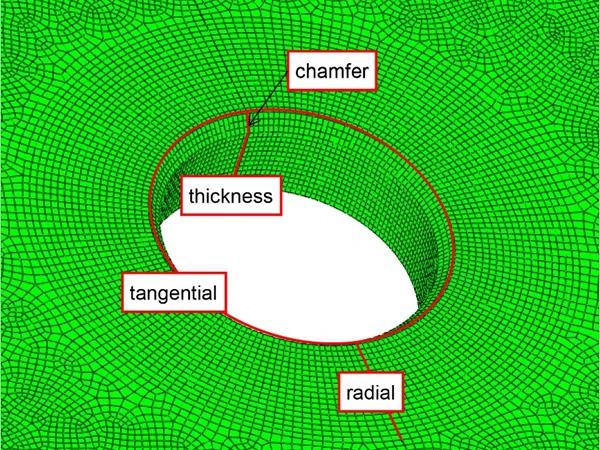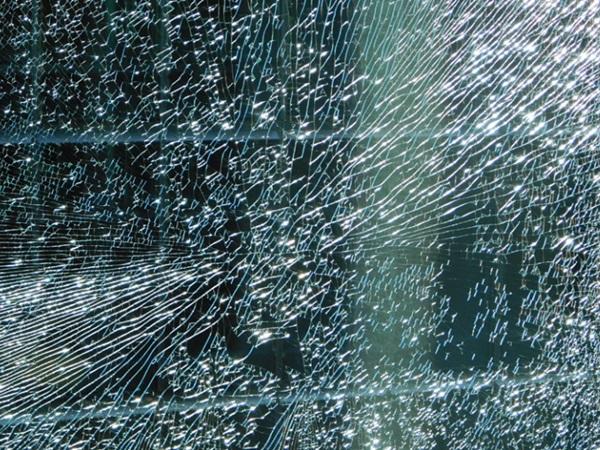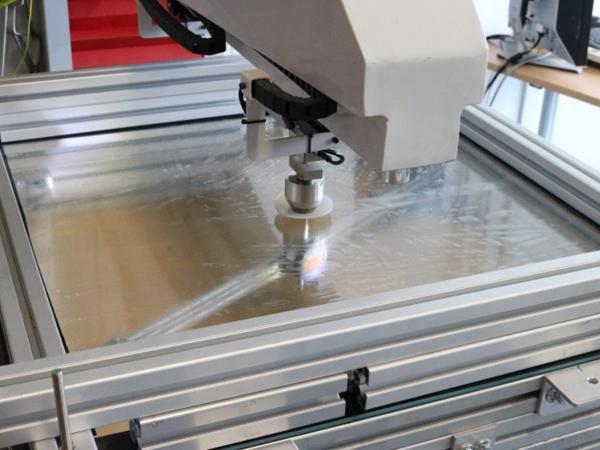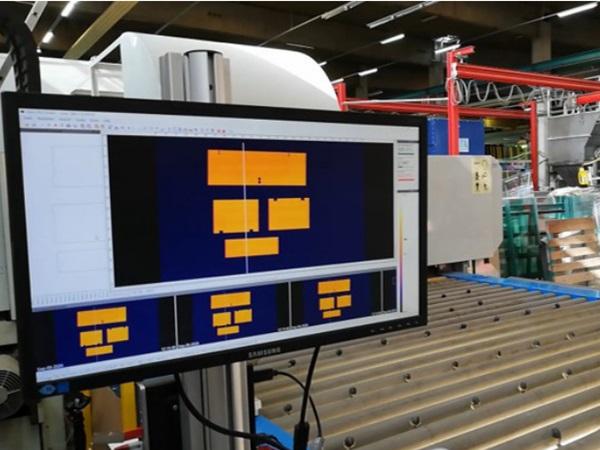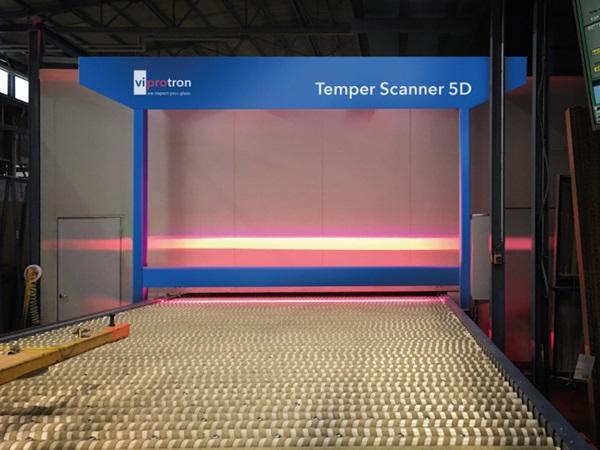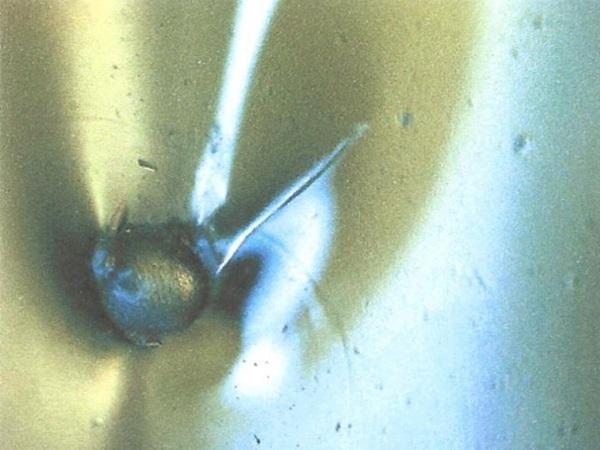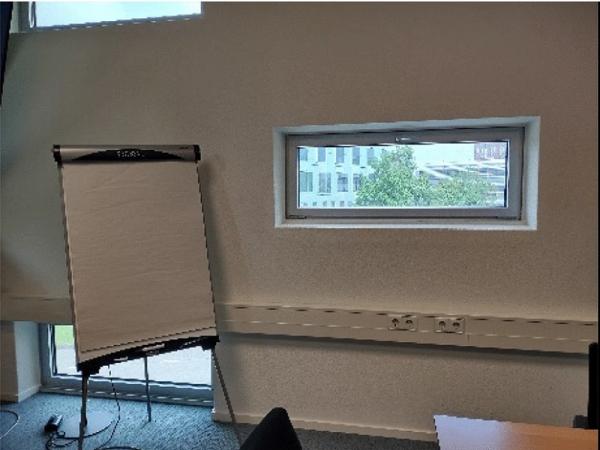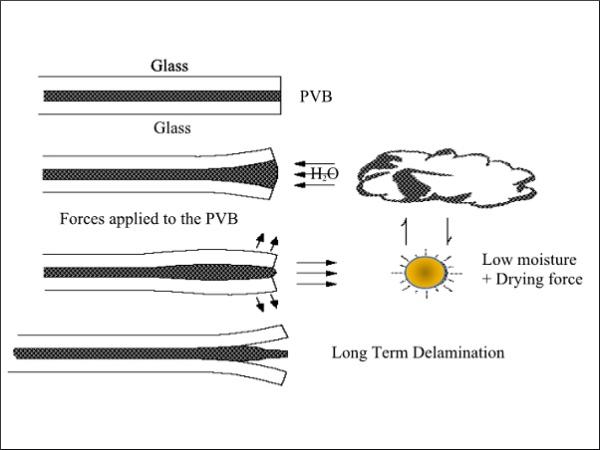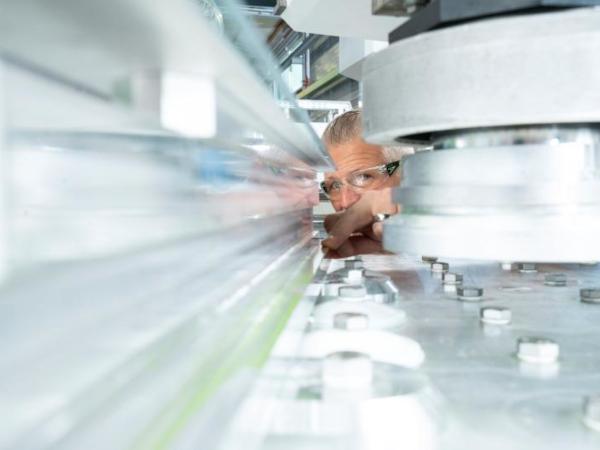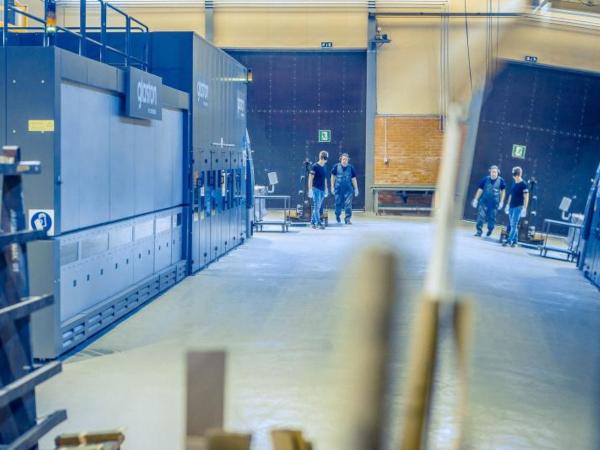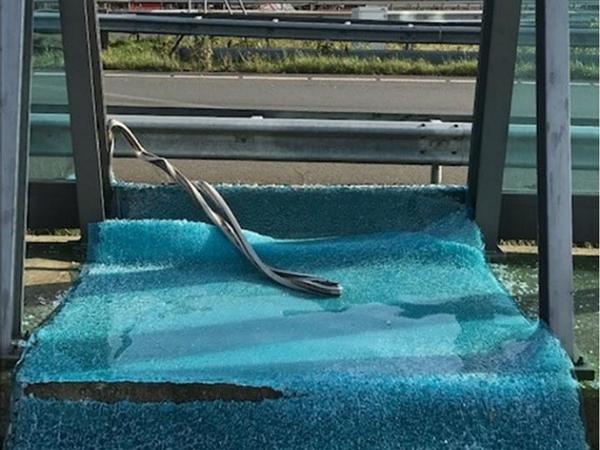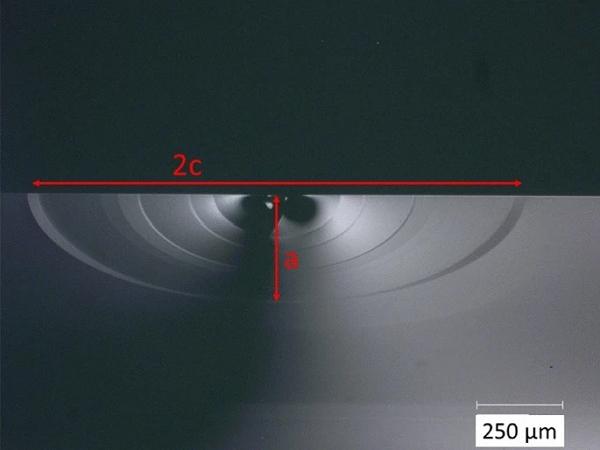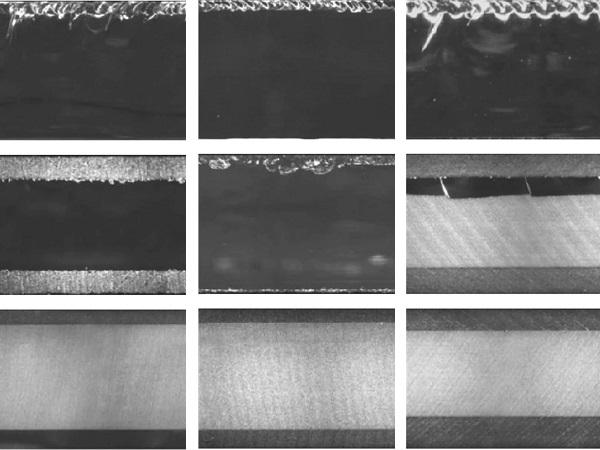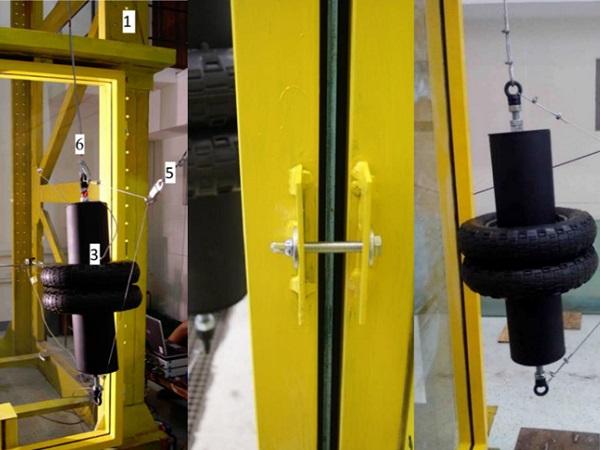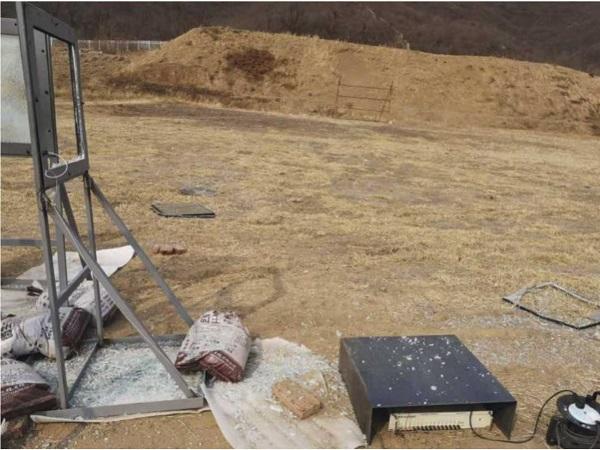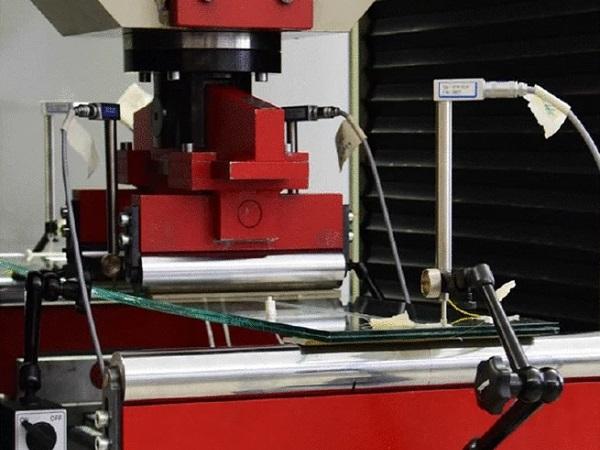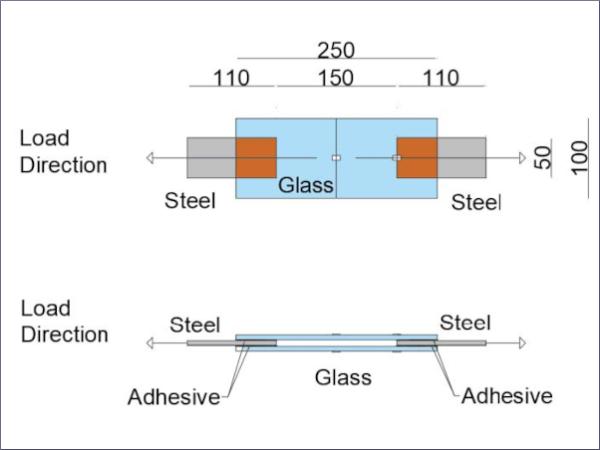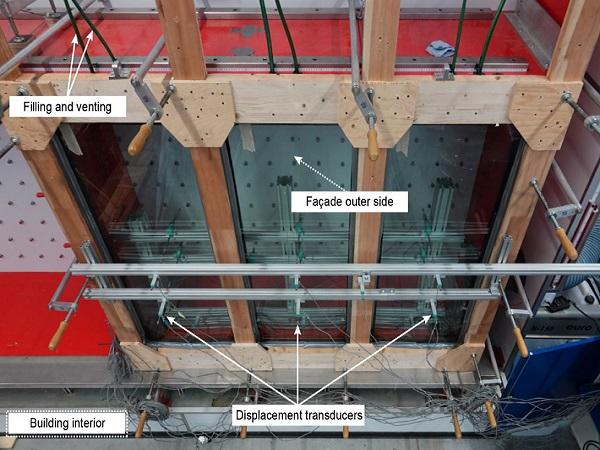Others also read
| This paper explains the most common types of visual distortion from the glass production process and considers a virtual prototyping approach.
| This study experimentally investigated the strength behavior of toughened glass with cylindrical near-edge holes via photoelasticity and destroying four-point bending test.
| A novel approach to generate a flat plate with enhanced stiffness has been identified. This approach is scalable, offering the potential for improved stiffness for both large-format glass and thin, chemically tempered glass.
| A way to determine the condition and functionality of a glass furnace is to measure the glass temperature as it exits the furnace.
| The new complete metrology scanner after furnace exit and its capabilities for furnace optimization and quality control.
| Spontaneous breakage of fully tempered glass in facades is under control today when the heat soak process according to EN 14179-1 (2006/2016) is rigorously carried out.
| A comparison between measured and declared values
| In situ detection of product age and argon concentration as measure of the re-use potential of insulating glass units in buildings
| In his blogs, Luc Moeyersons covered various subjects related to laminated glass, whether it is automotive, architectural, or photovoltaic.
| Automotive Glass Laminating Guide – Part 5
| In the latest Glastory blog, Jukka Immonen shares some practical tips for optimizing energy consumption in automotive glass production. From preprocessing to final inspection, there is huge potential every step of the way.
| Read the latest Glastory blog by Taneli Ylinen.
| A study was made of the impact resistance of annealed, heat-strengthened, and fully tempered laminated glass using test panels.
| In the present work, subcritical crack growth in soda–lime silicate glass is investigated under different environmental conditions.
| The article presents some basics about the processing steps of glass edges surfaces, introduces the considered grinding and polishing cup wheels and gives an overview of the performed experimental examinations.
| The paper presents testing of glass panels, static test and dynamic test by hard body impact.
| This document provides an overview of the causes of sunburst delamination in laminated glass.
| The impact of building glass breakage on personnel injury was considered in this model.
| The study describes the results of the shear modulus of viscoelastic interlayers made of polyvinyl butyral and provides the basis to define and evaluate a model for the finite element analysis.
| Glass/steel adhesive joints are being used increasingly in the construction industry as they offer significant structural advantages over conventional mechanical fastener approaches.
| In this third episode of the #AskGlaston flat tempering series, Taneli Ylinen deals with the commonly asked question of how to handle the issues with mixed production.
| This paper presents a study on the development of a bonded edge seal for fluid-filled insulating glass units.
| This article explores the various aspects of PVB Preparation, handling, and assembly. It explains how to store, transport, and handle PVB in order to ensure optimal performance and adhesion.
| The results of the classification of hail resistance classes for different materials for greenhouse enclosures are presented in this paper.

